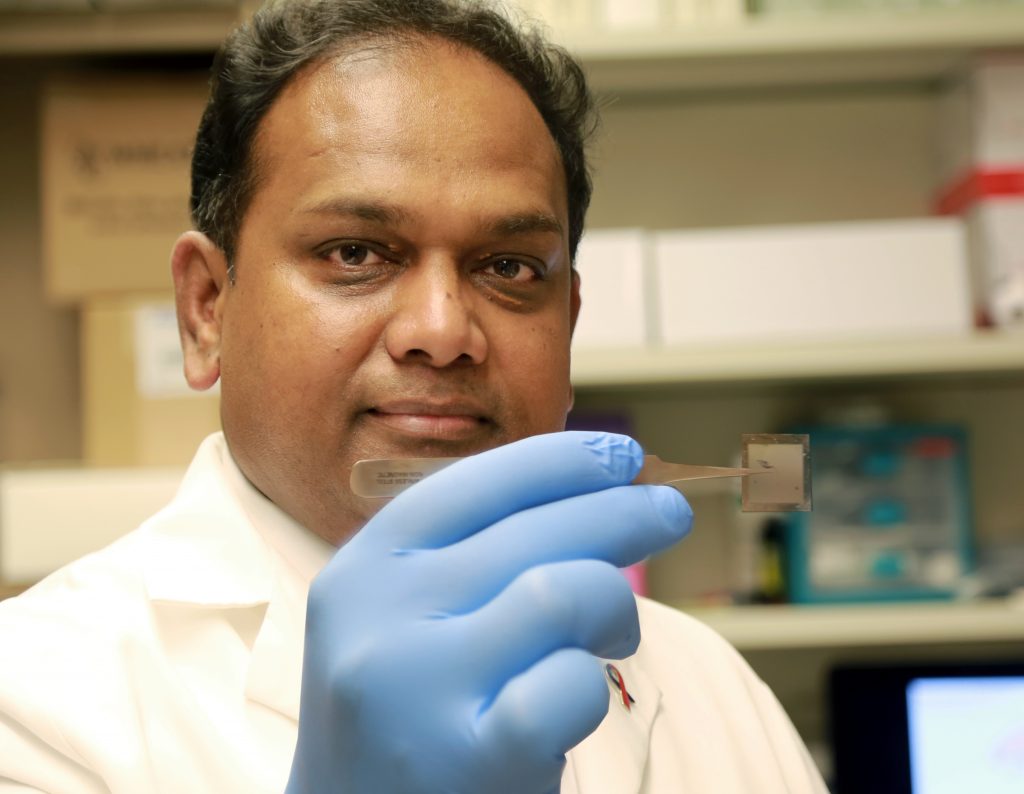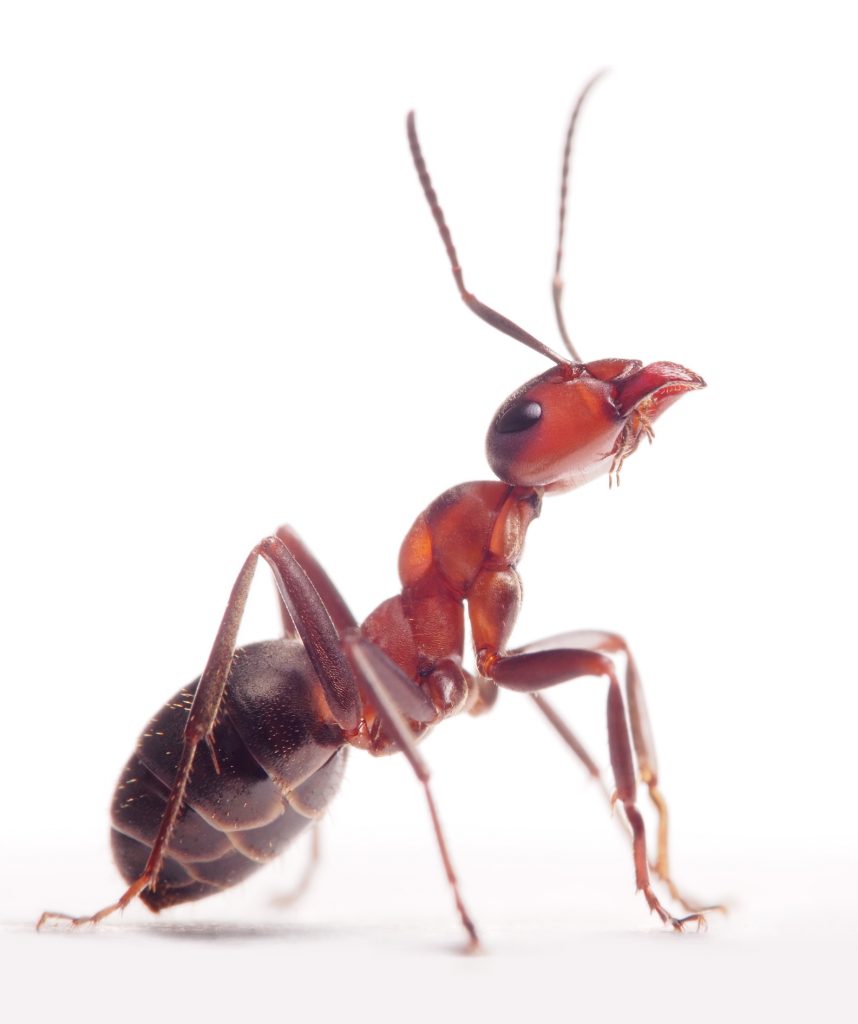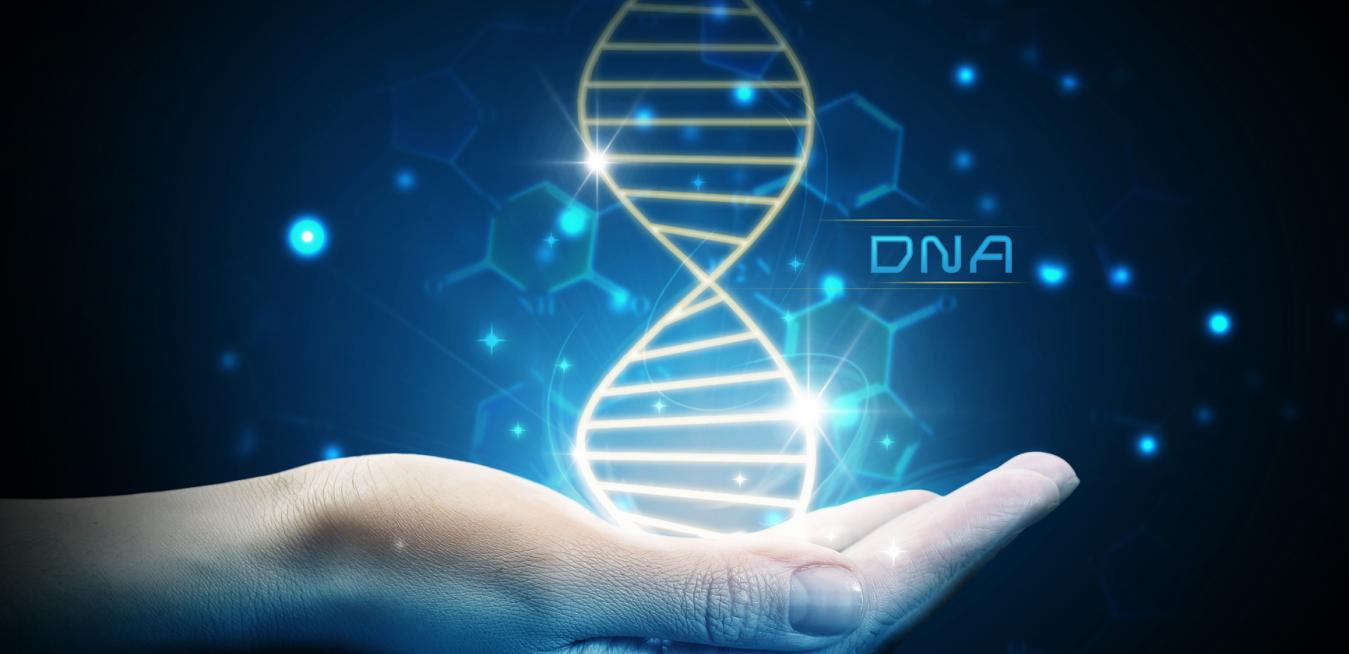Genetic Trojan Horse
 Top and above: When that DNA is analyzed, the code can become executable malware that attacks the computer system running the software,” according to the university. Images credit: Getty Images.
Top and above: When that DNA is analyzed, the code can become executable malware that attacks the computer system running the software,” according to the university. Images credit: Getty Images.What is it? Scientists at the University of Washington in Seattle found a way to hack a computer with a virus hidden in a strand of synthetic DNA. “When that DNA is analyzed, the code can become executable malware that attacks the computer system running the software,” according to the university.
Why does it matter? Genetic sequencing is quickly becoming a common tool for scientists and medical professionals alike. While there are still “lots of challenges involved,” the researchers pointed out, “the malicious exploit can gain control of the computer that’s running the program — potentially allowing the adversary to look at personal information, alter test results or even peer into a company’s intellectual property,” the university said. The team also reported that they found “known security gaps in many open-source software programs used to analyze DNA sequencing data.”
How does it work? The team first spliced “executable code” into a strand of DNA. Next, they introduced “a known security vulnerability into a software program that’s used to analyze and search for patterns in the raw files that emerge from DNA sequencing.”
This Material Can Self-Destruct
[embed width="660"]https://www.youtube.com/watch?v=sUMrtZT0uaQ[/embed]
What is it? Scientists at the Technical University of Munich have found a way to make materials that self-destruct and “dispose of themselves when they are no longer needed.”
Why does it matter? Such materials could one day revolutionize recycling. "Nature does not produce garbage dumps,” says Job Boekhoven, professor of supramolecular chemistry at the university. “Instead, biological cells are constantly synthesizing new molecules from recycled ones. Some of these molecules assemble into larger structures, so-called supramolecular assemblies that form the structural components of the cell.”
How does it work? The team reported that “the key differences between man-made substances and most living biological materials is their energy management: man-made materials … don’t exchange molecules and energy, thus remaining the way they are,” while living materials require a “constant input of energy and building blocks … for their construction, maintenance and repair.” Using nature as footprint, the team built “supramolecules” that “autonomously disintegrate once the energy is exhausted.”
Re-engineer This Body
 Chandan Sen, PhD, holds a chip that could revolutionize medical care. In laboratory tests on mice at The Ohio State University Wexner Medical Center, the chip was able to heal serious wounds with a single touch by converting skin cells into vascular cells. Caption and image credits: The Ohio State University Wexner Medical Center.
Chandan Sen, PhD, holds a chip that could revolutionize medical care. In laboratory tests on mice at The Ohio State University Wexner Medical Center, the chip was able to heal serious wounds with a single touch by converting skin cells into vascular cells. Caption and image credits: The Ohio State University Wexner Medical Center.What is it? Researchers from Ohio State University developed a “nanochip technology” that can “convert skin cells into elements of any organ with just one touch,” according to Chandan Sen, who leads the university’s Center for Regenerative Medicine and Cell Based Therapies. “This process only takes less than a second and is non-invasive, and then you're off.” The results were published in the journal Nature Nanotechnology.
Why does it matter? The approach, called tissue nanotransfection, could help doctors repair organs one day. The team has tested the approach on mice and pigs. The university reported that in the study, “researchers were able to reprogram skin cells to become vascular cells in badly injured legs that lacked blood flow. Within one week, active blood vessels appeared in the injured leg, and by the second week, the leg was saved. In lab tests, this technology was also shown to reprogram skin cells in the live body into nerve cells that were injected into brain-injured mice to help them recover from stroke.”
How does it work? The team designed a “specific biological cargo” and used a special nanochip to deliver it to the body and convert “an adult cell from one type to another.” “The concept is very simple,” said James Lee, a professor of chemical and biomolecular engineering at the school. “As a matter of fact, we were even surprised how it worked so well. In my lab, we have ongoing research trying to understand the mechanism and do even better. So, this is the beginning, more to come.”
Editing Pigs For Organs
 eGenesis co-founder and chief scientific officer Luhan Yang said the research represented “an important advance in addressing safety concerns about cross-species viral transmission.” Illustration credit: Getty Images.
eGenesis co-founder and chief scientific officer Luhan Yang said the research represented “an important advance in addressing safety concerns about cross-species viral transmission.” Illustration credit: Getty Images.What is it? Scientists working at eGenesis have used the gene-editing tool CRISPR-Cas9 to potentially open a new way for using pig organs in humans. The team used CRISPR to disable the Active Porcine Endogenous Retrovirus (PERV) in pig embryos. PERV has been a major obstacle in pig-to-human “xenotransplantations” because it can infect the recipient. The Technology Review reported that the team was “able to disable all 25 copies of the viruses in pig embryos” and “produced 37 pigs.”
Why does it matter? Xenotransplantations could improve the shortage of organs available for human transplants. eGenesis said there were “118,000 people in need of a lifesaving organ transplant. Of those, more than 75,000 people are active waiting list candidates.” eGenesis co-founder and chief scientific officer Luhan Yang said the research represented “an important advance in addressing safety concerns about cross-species viral transmission.”
How does it work? CRISPR works like a molecular cut-and-paste device. The team used it to disable PERV in the pig embryos. Next they implanted the edited embryos into “surrogate sows” and “demonstrated the absence of PERV re-infection, initially in fetuses and finally in recently born piglets.”
Mutant Ants Declare Independence
 "Once the ants successfully made it to the adult phase, we noticed a shift in their behavior almost immediately," says researcher Waring Trible. "For example, the mutant ants "couldn’t fall in line.”
"Once the ants successfully made it to the adult phase, we noticed a shift in their behavior almost immediately," says researcher Waring Trible. "For example, the mutant ants "couldn’t fall in line.”What is it? In other CRISPR news, scientists at the Rockefeller University used the tool create “mutant ants” to study the evolution of their social behavior that allows them to achieve the “enormous amount of coordination and communication” required for foraging for food, building tunnels and other complex tasks.
How does it work? The team used CRISPR to modify “a gene essential for sensing the pheromones that ants use to communicate.” The results included “severe deficiencies in the ants’ social behaviors and their ability to survive within a colony.”
Why does it matter? Daniel Kronauer, who runs the university’s Laboratory of Social and Evolution Behavior, said that “the way ants interact is fundamentally different from how solitary organisms interact, and with these findings we know a bit more about the genetic evolution that enabled ants to create structured societies.” Team member Waring Trible said that they “had to convince the colonies to accept the mutants. If the conditions weren’t right, the worker ants would stop caring for larvae and destroy them. Once the ants successfully made it to the adult phase, we noticed a shift in their behavior almost immediately." For example, the mutant ants “couldn’t fall in line.”





